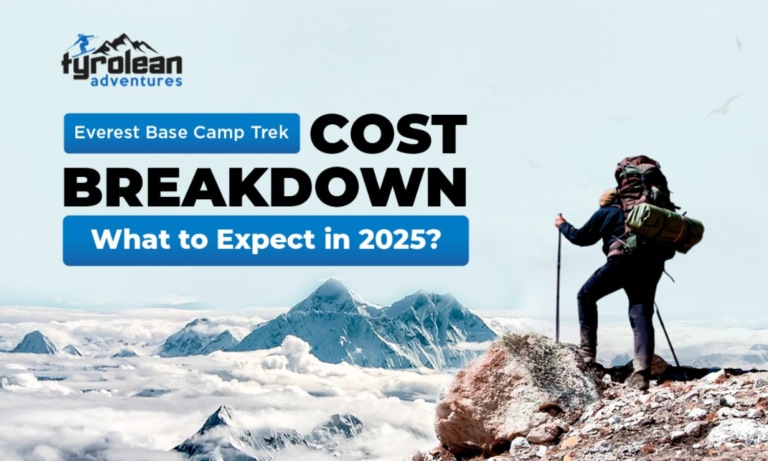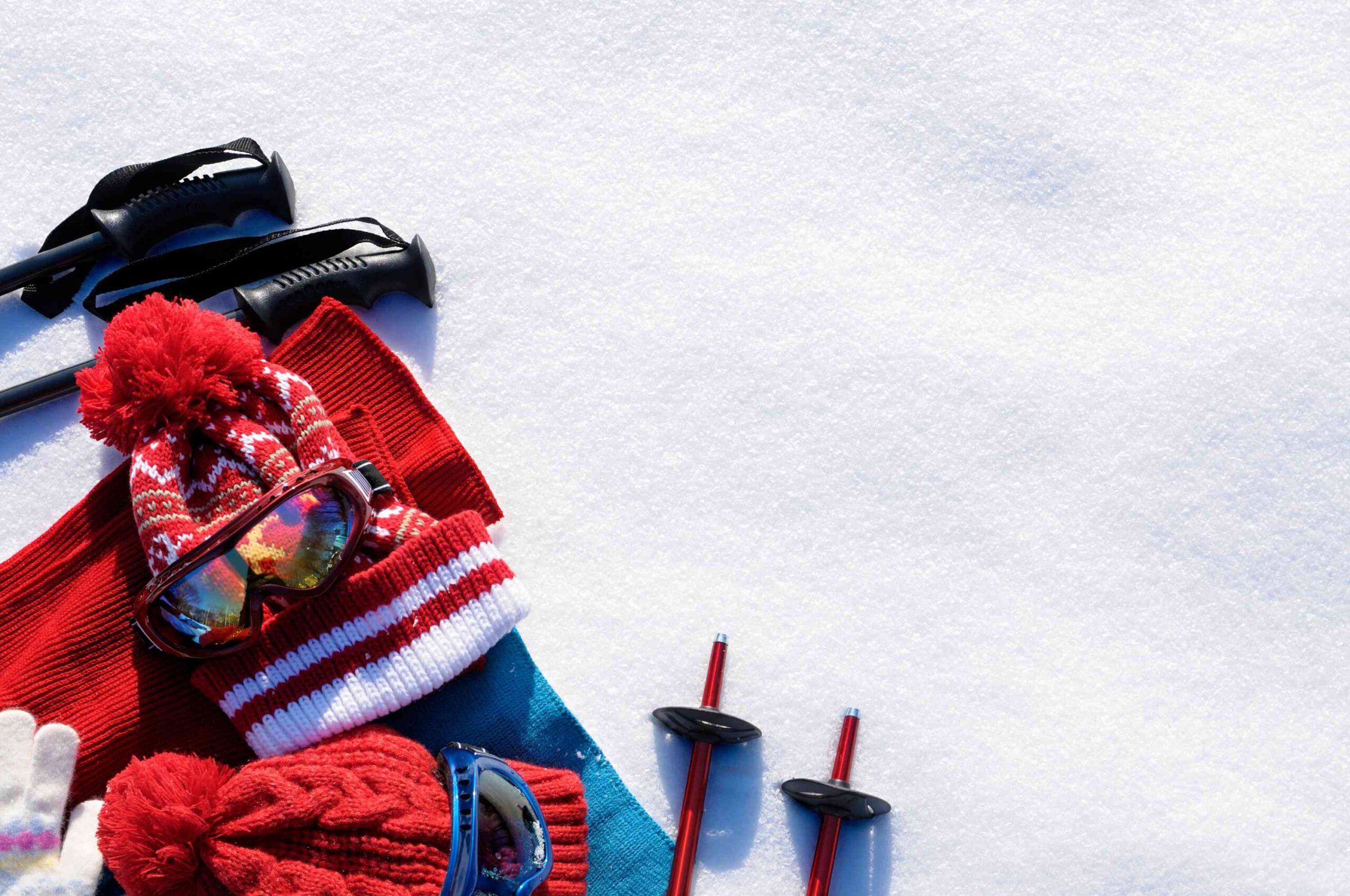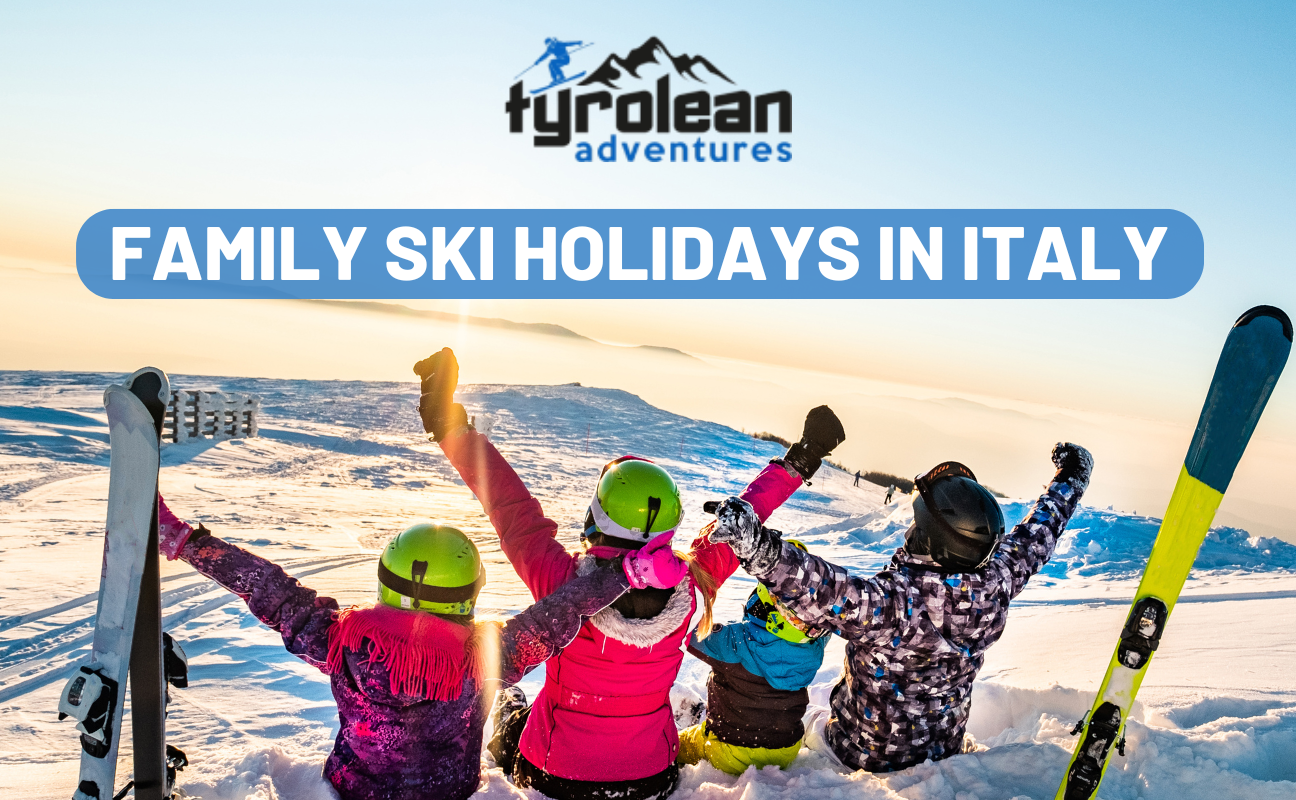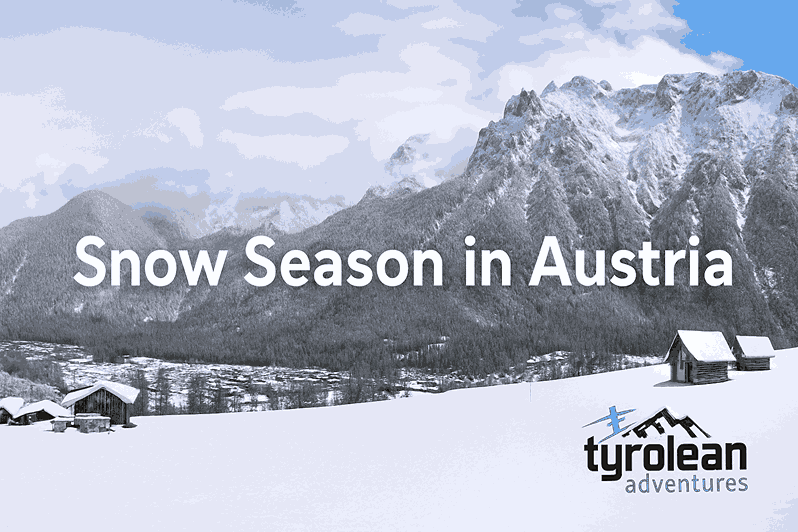
The Everest Base Camp Trek is one of Nepal’s most popular hiking trips. Every year, thousands of people come to do it. Everest Base Camp (EBC), which is 5,364 meters (17,598 feet) high, has amazing views, a lot of Sherpa culture, and a trip through the Himalayas you will never forget.
However, hikers often have one question: How much does the Everest Base Camp trek cost? The cost of trekking to Everest Base Camp changes based on the season, the type of trip, the permits needed, and the services chosen.
Factors Affecting Everest Base Camp Trek Cost
1. Permits and Entry Fees
Everyone who wants to go trekking in Nepal’s Everest region needs to get a Sagarmatha National Park Permit. The park is a UNESCO World Heritage Site known for its beautiful Himalayan landscapes, glaciers, and wide range of wildlife. This permit helps pay for its upkeep and protection. We can obtain this at the Nepal Tourism Board Office in Kathmandu (Pradarshani Marg) and Sagarmatha National Park Entrance Gate in Monjo (for those who didn’t get it in Kathmandu).
The local government of the Khumbu region made this permit available in 2018 to help with building facilities and managing tourism in the Everest area. For hikers in the Everest region, it took the place of the TIMS Card (Hikers’ Information Management System). We can obtain this at the Lukla Entry Checkpoint (if you fly to Lukla) and at the Khumbu Rural Municipality Office in Monjo.
Why are these permits required?
- Conservation and Maintenance: Permit fees help protect the ecosystem, keep trails in good shape, and support tourism that doesn’t harm the environment.
- Rules and safety: permits can be found more easily if there are accidents or natural disasters because of permits.
- Help the people in your area: The Khumbu Rural Municipality Permit helps with building, cleaning up, and growing the area.
2. Fees for guides and porters
A licensed Everest Base Camp trek guide is a trained and professional climber who is allowed by the government to lead trekkers safely along the EBC trail. These guides are listed with the Nepal Tourism Board (NTB) and the Trekking Agencies Association of Nepal (TAAN), which ensures that they meet standards for first aid, safety, and communication.
Importance of Porter’s & Ethical Considerations
Porters are local workers who carry trekkers’ food, gear, and bags so that trekkers can enjoy the trip without having to take too much.
Why Should You Hire a Porter?
Porters assist trekkers by carrying up to 15 to 20 kg each. Keeps trekkers’ attention on the trip instead of carrying heavy things. Trekking is how porters make a living and help their families and towns. A lot of porters want to get their licenses and become guides someday. Trekkers who employ porters contribute to fair hiring practices, benefiting both the tourism industry and the local community.
Its ethical consideration is to ensure they receive the standard wage. Each porter should carry a maximum of 20–25 kg to prevent exhaustion or injury. If hiring a porter, ensure they have warm clothing, good shoes, and proper protection against extreme weather. A simple “thank you,” sharing meals, or a reasonable tip (10-15% of their wage) goes a long way in showing appreciation.
Tip: Hire guides and porters through registered trekking agencies to ensure ethical treatment and safety standards.
3. Accommodation and Food Expenses
On the Everest Base Camp (EBC) adventure trek, there are different places to stay based on price, comfort level, and location. These are the most popular types:
- Budget teahouses (basic lodges)
Few cabins are run by families. Rooms are made of wood, and bathrooms are shared.There are blankets, pillows, and twin beds in each room. For extra warmth, bring a sleeping bag. If it’s cold at night, it costs extra to use a hot shower.
- Mid-Range Teahouses:
More comfortable than cheap lodges, and in some towns, they have private rooms with bathrooms right next to them. The dining rooms are cozier and warmer, and the food offerings are better. You can find them in Namche Bazaar, Dingboche, and Lukla.
- Premium lodges:
There are high-end lodges with modern comforts like WiFi, heated rooms, and hot showers. Some high-end cabins, like Namche’s Yeti Mountain Home, have good food, comfortable beds, and bars. Best for people who care more about comfort than price.
- Food Expenses:
Most lodges serve a fixed menu set by local committees to maintain food supply stability and fair pricing. Expect simple but nutritious meals designed for high-altitude trekking.
Why does the price of food go up as you go higher?
There are no roads past Lukla, so all food has to be brought by porters or yaks. This makes it more expensive at higher elevations, and there are no roads beyond Lukla. Costs of fuel and cooking: Because lodges can’t burn wood, they have to use gas cylinders that are flown in by chopper, which makes food even more expensive. Small-scale farming is common in most villages, but fresh fruits and veggies are hard to find at high elevations, which makes food from other countries more expensive.
Also Read: Understanding Everest Base Camp Trek Difficulty: A 2025 Guide by Tyrolean Adventures
4. Transportation Costs
Many people choose to fly from Kathmandu to Lukla to start their hike to Everest Base Camp (EBC). There are, however, other options for people who don’t want to fly or who want to see the area differently.
Information on flights from Kathmandu to Lukla
It takes about 35 minutes. 15 kg of luggage is allowed, 10 kg to be checked in and 5 kg to be carried on board. And Tara Air, Summit Air, and Sita Air are the airlines to fly from Kathmandu to Lukla.
Important Notice:
During peak seasons (spring & autumn), flights are rerouted from Kathmandu to Ramechhap (Manthali Airport) due to air traffic congestion. If flying from Ramechhap, travelers must take a 4–5 hour drive from Kathmandu before catching their flight.
Alternative routes to Lukla (avoiding flights)
- Kathmandu to Salleri + Trek to Lukla
- Mode: Jeep and Trek
- It takes 10–12 hours to drive there and 3–4 days to hike there.
- Kathmandu to Jiri + Trek to Lukla
- Mode: Jeep, bus, or trek
- It takes 8–10 hours to drive there and 5–6 days to hike there.
It’s hard to predict the weather. High mountains surround Lukla Airport, leading to frequent delays due to fog, strong winds, and poor visibility. In Lukla, only small planes fly, and demand is high during the busiest times. During the trekking season, the congestion at Kathmandu Airport leads to the relocation of flights to Ramechhap, resulting in longer journeys and potential delays.
Also Read: When is the Best Time to Do the Everest Base Camp Trek?
How to manage costs effectively?
Book your flights early in the morning. Since the weather gets worse later in the day, the first flights have the best chance of leaving.
Plan extra days to give yourself one or two extra days in case of delays, especially before your international trip home. Chopper transfers are an option if flights are canceled for more than one day. Get travel insurance. Make sure that your insurance covers things like flight delays, cancellations, and emergency evacuations to avoid having to pay extra money when you least expect it.
1. Trekking Gear and Equipment
The essential gear that is required for trekking is footwear (hiking boots, trekking socks, camp shoes/sandals), clothes (base layer, insulation layer, outer layer, trekking pants & shirts), backpacks & bags (trekking backpack (30–50L), duffel bag (if hiring a porter), waterproof covers), and accessories (trekking poles, sunglasses, headlamp, water bottles & purification tablets). Sleeping Gear (sleeping bag (-10°C to -20°C), Sleeping Bag Liner), Health & First Aid (Altitude Sickness Medication (Diamox), Basic First Aid Kit (Bandages, antiseptic, blister care, painkillers, Lip Balm & Sunscreen)
Renting Trekking Gear:
You can go to Thamel (Kathmandu) or Lukla. One-time trekkers who don’t want to invest in expensive gear. Some rental gear might be outdated or inadequately insulated.
Buying Trekking Gear:
You can go to Kathmandu (Thamel), which has both budget & branded trekking shops. It’s best for frequent trekkers or those who prefer new, high-quality gear. Branded gear is expensive, while cheaper knockoffs may lack durability.
2. Travel Insurance and Emergency Expenses
Trekking to Everest Base Camp (EBC) can be hard because of the high altitude, the weather, and the chance of getting sick. It is very important to have high-altitude travel insurance in case of an emergency, like getting altitude sickness, getting hurt, your flight getting canceled, or having to be evacuated.
A lot of trekkers forget to get trip insurance, but most trekking companies in Nepal require it. Insurance protects your finances and gives you peace of mind in case of an emergency. Most regular travel insurance policies don’t cover trekking above 4,000 m. Make sure your insurance includes altitude coverage up to 6,000 m. Essential for life-threatening conditions like acute mountain sickness (AMS), frostbite, or severe injuries. Covers hospitalization, medication, and doctor’s fees in case of altitude-related illnesses or injuries. Protects against flight cancellations (Lukla-Kathmandu), weather-related delays, and unexpected changes. Some policies also cover theft, baggage loss, or damage to trekking equipment.
A helicopter evacuation is the fastest and safest way for a trekker to get down if they get serious altitude sickness (AMS), are hurt, or are in bad weather. However, in Nepal, helicopters cost a lot of money because there are limited helicopters available for high-altitude operations. High fuel costs for flying in remote, mountainous terrain. Emergency medical crew & oxygen support may be required.
2.1 Miscellaneous Expenses
While permits, guides, lodging, and food are the main costs of the Everest Base Camp (EBC) trek, trekkers should also plan for other costs, such as personal items, WiFi, hot showers, and charging electronics. These extra costs can add up quickly at higher elevations.
The additional costs are listed below:
- Hot showers:
Most teahouses sell them, but their high cost stems from their high fuel consumption and solar heating. To save money, use wet wipes, or don’t take a shower when it’s cold outside.
- Internet and WiFi:
There is Everest Link or AirLink WiFi in teahouses, but it can be slow and costs a lot. You could also get a local SIM card with the internet before you leave Kathmandu from NCELL or NTC.
- Battery Charging:
At teahouses, there are charging stations, but at higher elevations, there isn’t much power. Budget Tip: Bring a power bank with you (10,000–20,000 mAh) so you don’t have to pay to charge your phone all the time.
- Tips for Porters and Guides:
People often leave tips for guides and porters to show their gratitude. For tips, always keep small bills of Nepalese Rupees (NPR).
Below is a list of budgets for personnel expenses:
Trekkers should set aside extra money for personal costs that aren’t covered by the trip itself.
- Drinking Water: As you go up, bottled water costs more. To save money, you could use a water purification device like LifeStraw, SteriPEN, or tablets.
- Snacks and drinks: Energy bars, chocolate, tea, and coffee are all available, but they cost more at higher elevations. Tip for People on a Budget: Bring dry snacks and energy bars from Kathmandu.
- You can purchase small Buddhist prayer flags, yak wool scarves, and handcrafted crafts in Namche Bazaar as souvenirs and donations. A lot of trekkers also give money to schools and temples in the area.
- Emergency Cash Reserve: It’s a good idea to have cash on hand in case of accidents or costs that you didn’t plan for, like extra lodging, medical bills, etc.
How to Minimize Everest Base Camp Trek Costs
The cost of trekking to Everest Base Camp (EBC) can be high, but if you plan and budget well, you can cut costs by a lot and still have a great time. For a cheap trip, here are some ways to save money.
If you book early, you can get better deals on flights and lodging.
- It can be expensive and hard to get a flight to Lukla, especially during the busiest hiking times (March-May and September–November).
- Booking your flight early allows you to secure better deals and prevent price increases during the last minute.
- You can also book your lodging in Kathmandu and Namche Bazaar ahead of time and save money.
Take a trip outside of peak season to save money.
- When it’s trekking season (spring and fall), flights, hotels, and other services cost more.
- In the off-season, from December to February and June to August, hiking costs less, there are fewer people on the trails, and you can get better deals on guides and porters.
Join a group trek to split the cost.
- It costs a lot to hire a guide and servant by yourself. Instead, go on a hike with a group to save money.
- There are savings for groups on lodging, permits, and even transportation.
- When you book trekking packages through Nepalese agencies instead of foreign ones, you can save 30 to 50 percent.
Bring the gear you need from home to save money on rental fees.
- It can be pricey to buy or rent gear in Nepal, especially in Lukla and Namche Bazaar.
- Remember to bring things like a down jacket, warming layers, gloves, and hiking boots.
- Sunglasses, a sleeping bag, a backpack, and trekking sticks
- It’s cheaper to rent in Kathmandu’s Thamel area than in Lukla, but the costs still add up.
You can make the Everest Base Camp trip on a budget without sacrificing the experience if you plan it right. You can significantly reduce costs if you plan, hike with others, and make smart choices about gear, food, and lodging.
Conclusion
Trekking to Everest Base Camp is a memorable experience, but you need to plan your budget well to make sure the trip goes smoothly and you enjoy it. Permits, guide and porter fees, lodging, food, transportation, hiking gear, insurance, and other costs are some of the main things that affect the cost. It costs different amounts if you choose a self-guided walk or a guided package.
You can get the most out of your money by planning, visiting off-season, going on group treks, and bringing the things you need from home. By doing a lot of research on your choices, you can find the best deal between price and comfort.
If you want to go walking safely and without any problems, you should choose a reputable trekking company. Tyrolean Adventures has cheap, well-organized EBC trek packages that include professional guides, porters, and full organizational support.
FAQs on Everest Base Camp Trek Cost Breakdown
-
What is the average cost of the Everest Base Camp Trek?
The cost of the Everest Base Camp trek can vary based on factors such as trek duration, accommodation choice, and the services included. On average, the EBC trek expenses range from budget-friendly options to more premium packages.
-
How can I reduce my Everest Base Camp trek cost?
To save on trekking costs, consider booking group treks, traveling in the off-season, and renting trekking gear locally instead of purchasing it.
-
Do I need a guide for the Everest Base Camp Trek?
While it’s possible to trek independently, hiring a guide ensures a safer and more enjoyable experience, especially for navigating difficult terrain and obtaining permits.
-
How much should I budget for meals and accommodation?
Accommodation costs vary between budget teahouses and luxury lodges, while meals are more expensive as you ascend. Budget around $20-$30 per day for food and lodging.
-
Are there any hidden costs on the Everest Base Camp Trek?
Additional expenses such as Wi-Fi, hot showers, battery charging, and tips can add up during the trek. These should be factored into your overall Everest trek price planning.










